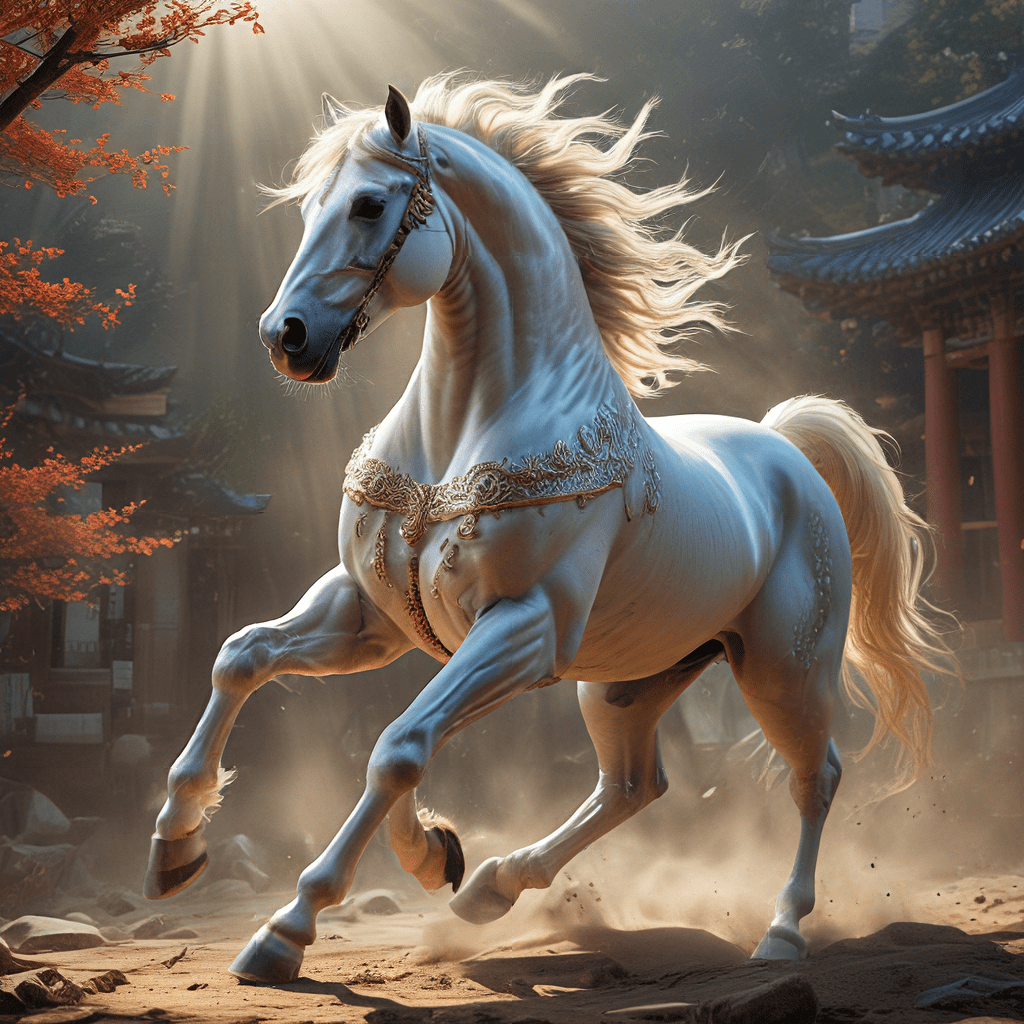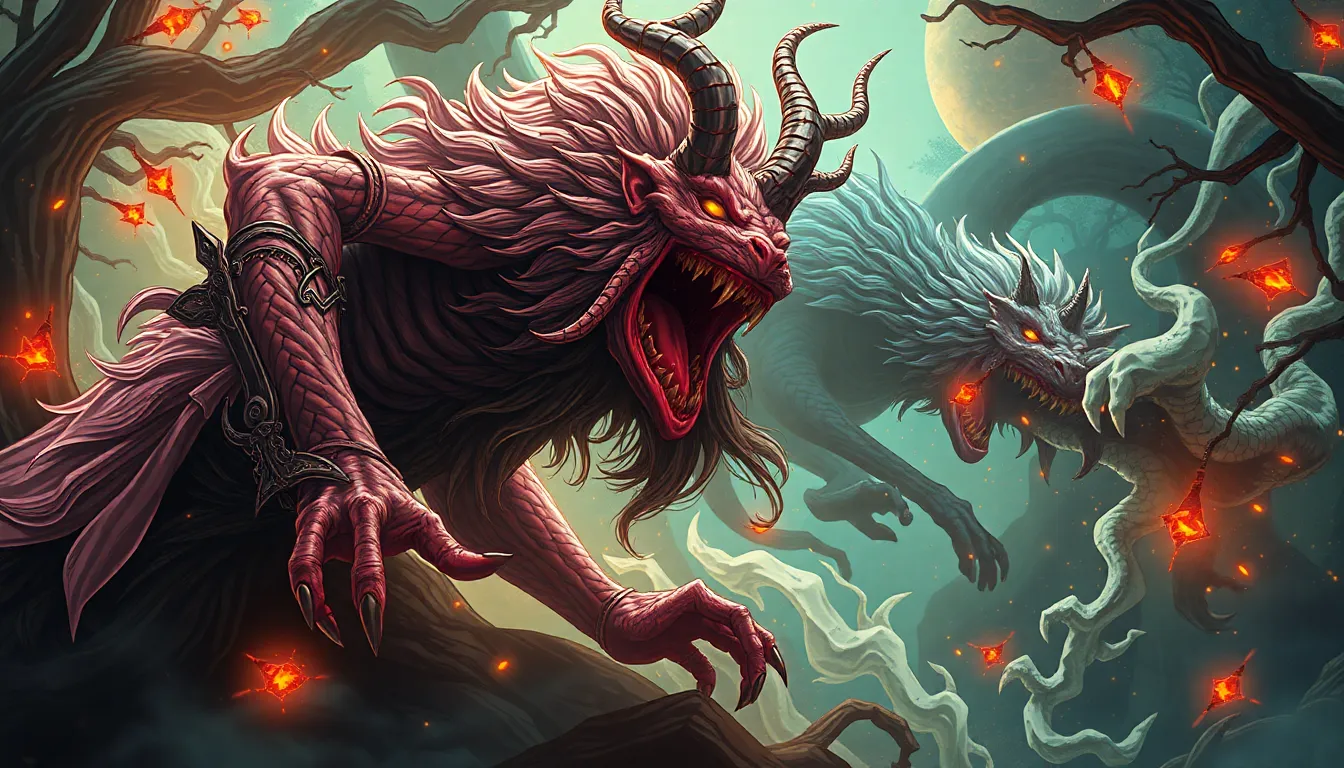The Tanuki of Kanto: Exploring the Influence of Tokyo’s Urban Legends
I. Introduction
The Tanuki, a shape-shifting creature from Japanese folklore, holds a unique place in the rich tapestry of cultural myths across Japan. Known for its playful nature and magical abilities, the Tanuki has captivated the imagination of many, particularly in the Kanto region, where urban legends thrive amidst the bustling life of Tokyo.
Urban legends play a pivotal role in Kanto, serving not only as entertaining stories but also as reflections of societal values, fears, and curiosities. This article aims to delve into the cultural impact of Tanuki legends in Tokyo, exploring their origins, prevalence in urban storytelling, and their influence on modern society.
II. The Mythological Origins of the Tanuki
The Tanuki has deep historical roots in Japanese mythology, dating back centuries. Traditionally depicted as a mischievous creature resembling a raccoon dog, the Tanuki is often associated with transformation and trickery. In folklore, it is said that Tanuki can shape-shift into various forms, including humans, objects, and even other animals.
Some key characteristics and symbolism of the Tanuki include:
- Transformation: Tanuki are known for their ability to change shape, symbolizing adaptability.
- Trickster Nature: Often portrayed as playful and mischievous, they bring both joy and chaos.
- Good Fortune: In many tales, Tanuki are seen as bringers of prosperity and luck.
It’s important to distinguish the Tanuki from other mythical creatures such as foxes (Kitsune) in Japanese folklore. While both are shape-shifters, Kitsune are often seen as more cunning and associated with the divine, particularly with the deity Inari. In contrast, Tanuki are viewed as more humorous and earthly in their antics.
III. The Tanuki in Kanto’s Urban Legends
In Kanto, the Tanuki features prominently in various urban legends that have evolved over time. These stories often reflect the region’s social dynamics, environmental changes, and urban life.
Common Tanuki stories include:
- The Tanuki and the Farmer: A tale where a Tanuki tricks a farmer into giving up his crops.
- Tanuki Transformations: Stories of Tanuki taking the form of beautiful women to deceive men.
- The Tanuki’s Magical Pouch: Legends about a Tanuki’s ability to pull objects from its magical belly pouch.
These legends often serve to explain natural phenomena, such as unusual weather patterns or mysterious occurrences in urban settings. Additionally, they reflect social issues, such as the struggles of city life, illustrating how traditional folklore can adapt to the modern world.
IV. Tanuki in Tokyo’s Cultural Landscape
The presence of Tanuki in Tokyo’s cultural landscape is ubiquitous, seen across various forms of art, literature, and public celebrations. Artists have long depicted the Tanuki in paintings, sculptures, and literature, often emphasizing its whimsical and mischievous traits.
Several Tanuki-themed festivals and events take place in Tokyo, celebrating this beloved creature. These include:
- Tanuki Matsuri: A festival dedicated to Tanuki, featuring parades, traditional performances, and food.
- Art Exhibitions: Galleries showcasing contemporary interpretations of Tanuki in modern art.
Moreover, many local businesses and neighborhoods have embraced the Tanuki as a mascot, using its image to attract customers and foster community pride. This branding highlights the Tanuki’s association with prosperity and good fortune.
V. The Influence of Tanuki Legends on Tourism
Tanuki folklore has a significant impact on tourism in the Kanto region. Various tourist destinations are linked to Tanuki myths, drawing visitors eager to experience the magic of these stories firsthand. Some popular tourist sites include:
- Inokashira Park: Home to a famous Tanuki statue, this park attracts many visitors who come to enjoy the natural beauty and the folklore surrounding the Tanuki.
- Ueno Zoo: The zoo features Tanuki-themed attractions, creating an engaging experience for families.
The economic impact of Tanuki-themed attractions is notable, as they not only enhance the cultural appeal of these locations but also contribute to local economies through tourism-related activities.
VI. The Tanuki in Contemporary Media
In contemporary media, the portrayal of Tanuki has evolved, appearing in films, television shows, and video games. One of the most notable representations is in Studio Ghibli’s film “Pom Poko,” which explores themes of urbanization and environmentalism through the eyes of Tanuki.
Popular works featuring Tanuki include:
- “Pom Poko”: A film that highlights the struggle of Tanuki facing the loss of their habitat.
- Video Games: Many games feature Tanuki as characters or symbols, often embodying luck or transformation.
Social media has also played a crucial role in revitalizing Tanuki legends, allowing for the sharing of stories, art, and folklore that keeps these traditions alive in the digital age.
VII. The Relevance of Tanuki Legends Today
Modern interpretations of Tanuki continue to resonate with contemporary audiences, reflecting broader themes of resilience and adaptability. In a rapidly changing world, the Tanuki emerges as a symbol of survival, humor, and the enduring power of folklore.
As urban legends evolve, they adapt to new societal contexts, showcasing the dynamic relationship between tradition and modernity. The Tanuki’s ability to remain relevant highlights the importance of storytelling in shaping cultural identity.
VIII. Conclusion
In conclusion, the Tanuki’s cultural significance in Kanto is profound, serving as a bridge between ancient mythology and contemporary urban life. The enduring power of urban legends like those of the Tanuki shapes local identity and fosters a sense of community among residents and visitors alike.
Future research and exploration of Tanuki folklore can further illuminate its role in societal change, environmental issues, and cultural expression, ensuring that these magical tales continue to thrive in the hearts and minds of people in Tokyo and beyond.



